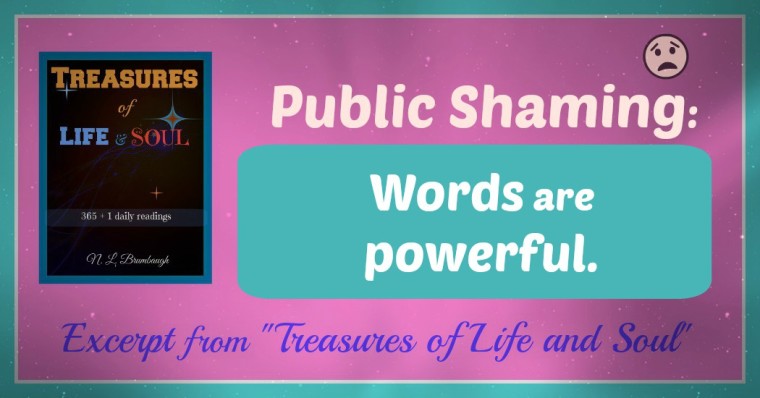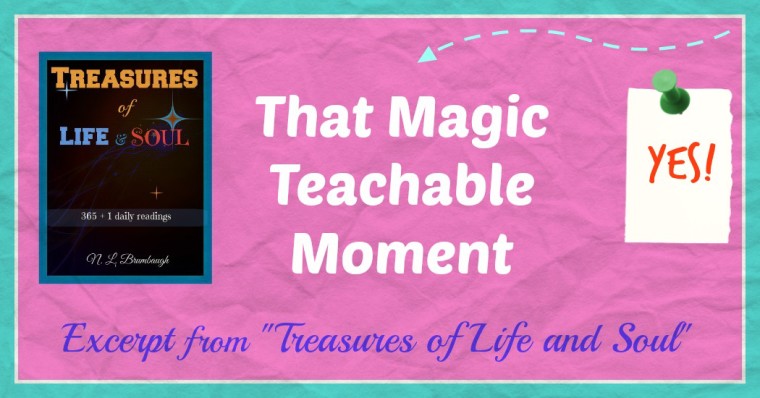
Emotions are fragile. It troubles me when I see people stomp on other people’s emotions as if the other person has no feelings. Words, when said in order to cause humiliation or with unrestrained intense anger, will cause emotional damage.
In a conversation, a parent said to me that her husband intentionally embarrassed her son (his step-son) in front of his classmates. The reason? So the boy will remember to turn on his cell phone when he is leaving school. The mother thought it would make her teenage son more responsible. Not me, I think it is akin to shaming. The following statement is well documented.
Public shaming is one of the most damaging humiliations a person can experience. It is especially harmful to the person’s self-concept and emotional health.
I believe it.
People who teach, coach or work with children need to keep this in mind, employers too. The things we say to a child or an employee can stay with them the rest of their life. Negative words and their implications are demoralizing and internalized.
What is said to the good will lift up but what is said to the negative will destroy. That is why those words that were said to you years ago will still sting when they are remembered. They hurt our sense of self.
I have seen people, including school administrators, verbally attack a child or adult in front of everybody within hearing distance. The recipient doesn’t have a chance to defend her- or himself.
Emotional health is tied to a healthy view of one’s self. To have a healthy view we must see our worth and value in the positive category and not in the negative deficient category.
Damaged emotions can be healed. It is possible. Many have experienced it including myself. It may take months or years.
Please be careful what you say to your children, mate, friends, and coworkers. . . .and anybody.
Words are powerful.

